Classic DVCS (Mercurial, Git) don't include ACL, meaning a clone wouldn't keep any ACL restriction.
This is usually maintain through hook on the original repo (meaning you might be able to modify the wrong branch on a cloned repo, but you wouldn't be able to push back to the original repo).
As the security page mentions, this isn't the case for PlasticSCM, and a clone should retain the ACL (caveat below) set on an object, which will inherit said ACL through two realms: the file system hierarchy (directory, subdirectories, files) and the repository object hierarchy:

The caveat in a DVCS settings is that there must be a mechanism in place to translate users and groups from one site to another.

The Plastic replication system supports three different translation modes:
- Copy mode: it is the default behaviour. The security IDs are just copied between repositories on replication. It is only valid when the servers hosting the different repositories involved work in the same authentication mode.
- Name mode: translation between security identifiers is done based on name. In the sample at Figure above suppose user
daniel has to be translated by name from repA to repB. At repB the Plastic server will try to locate a user with name daniel and will introduce its LDAP SID into the table if required.
- Translation table: it also performs a translation based on name, but driven by a table. The table, specified by the user, tells the destination server how to match names: it tells how a source user or group name has to be converted into a destination name. Figure below explains how a translation table is built and how it can translate between different authentication modes.

Note: a translation table is just a plain text file with two names per line separated by a semi-colon “;”. The first name indicates the user or group to be translated (source) and the one on the right the destination one.


